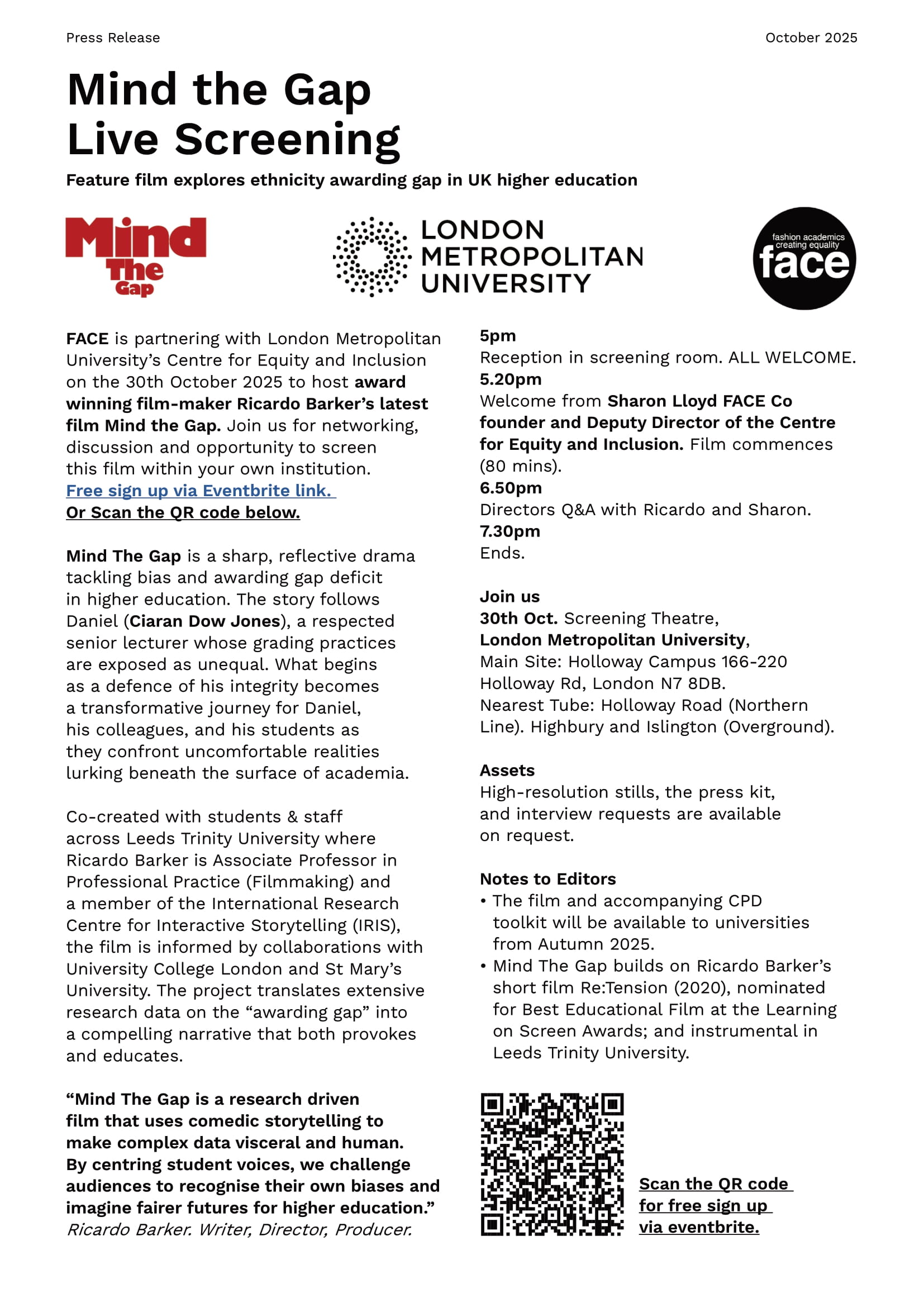Graduate Destinations Report - Latest Report From Prospects Luminate in association with AGCAS.
Categories
What do creative arts graduates do?
The destinations of graduates from creative subjects compares well with graduates across the whole of the higher education sector.
Creative arts graduates employment is often related to their degree, with two-fifths entering arts, design and media roles. They are more likely than others to be in part-time employment and/or freelancing.
Across the general workforce the creative sector boasts the highest level of education, with 78% holding degrees compared with 32% across the UK workforce as a whole. Numbers of graduates from Creative Arts subjects in 2016/17 were 38,370, however, our programmes do appear to be losing some popularity, as indicated by a 5.4% decline in graduate numbers since 2012/13.
Overall, the creative sector continues to flourish, having experienced the strongest growth in employment figures in the last five years. Creative industries showed the largest growth in employment across all sectors, rising by 25.4% between 2011-2016, when general UK employment only increased by 7.6%. Design and fashion design provided the biggest employment growth with a massive 57.4% increase. The news was not so good in the craft sector where there was a 25.5% decrease.
The demand for higher level skills in this sector is promising for those undertaking a degree in Arts, Media and Design subject areas. However, it's more than just the degree that counts. A lot is expected of creative graduates. They must possess a wide range of soft skills, be technologically savvy, be able to network effectively and showcase their talent, as well as having the enterprise skills to create their own employment opportunities.
What do graduates do? 2018/19 was published in October 2018. It examines first-degree graduate destinations six months after graduation alongside starting salaries, employment patterns, subject and sector trends.
The full report is available here.
Published
30.10.18
Latest Activity

Mind the Gap: Live Screening 30th October 2025
Mind the Gap, an 80-minute feature film by award winning film maker Ricardo Barker, is aimed at white educators. Let’s discuss our Awarding Gap bias when you join our FACE screening at London Metropolitan University on 30th October. Free Sign Up via Eventbrite link: London Met x FACE presents: An ex...
CHEAD 2026 Trustees Election Q&A
Are you interested in playing a significant part in the progress of a thriving, dynamic organisation with a mission to advance the development of the art and design community in higher education?
We are seeking nominations for new applicants to join the Board of Trustees at CHEAD in the Spring of 2026.

Civic and Place: framing the role of cultural development in Art and Design Working Paper
We are please to launch a working paper arising from the event in April 2025: Civic and Place: Exploring the Role of the Civic in Art and Design which brought together researchers, educators, practitioners and community stakeholders to examine how art and design can shape, sustain, and animate civic life.
The paper is co-authored by:
Dr Rowan Bailey, Director of the Centre for Cultural Ecologies in Art, Design and Architecture, University of Huddersfield.
Evelyn Wilson, co-Director of National Centre for Academic and Cultural Exchange
Dr Rhiannon Jones, Associate Professor (Civic Practice). Head of Civic and Communities, University of Derby.
Professor...
